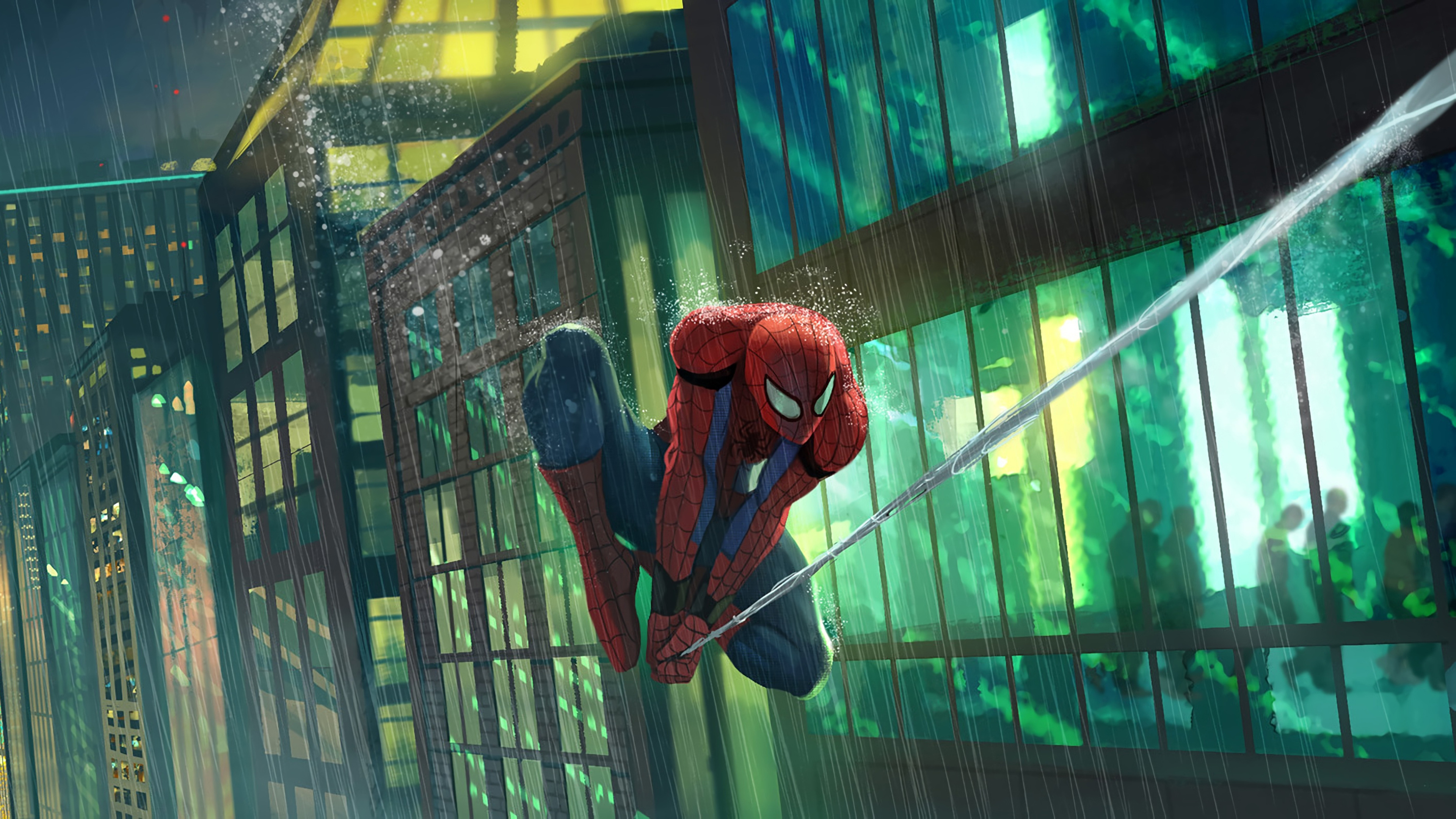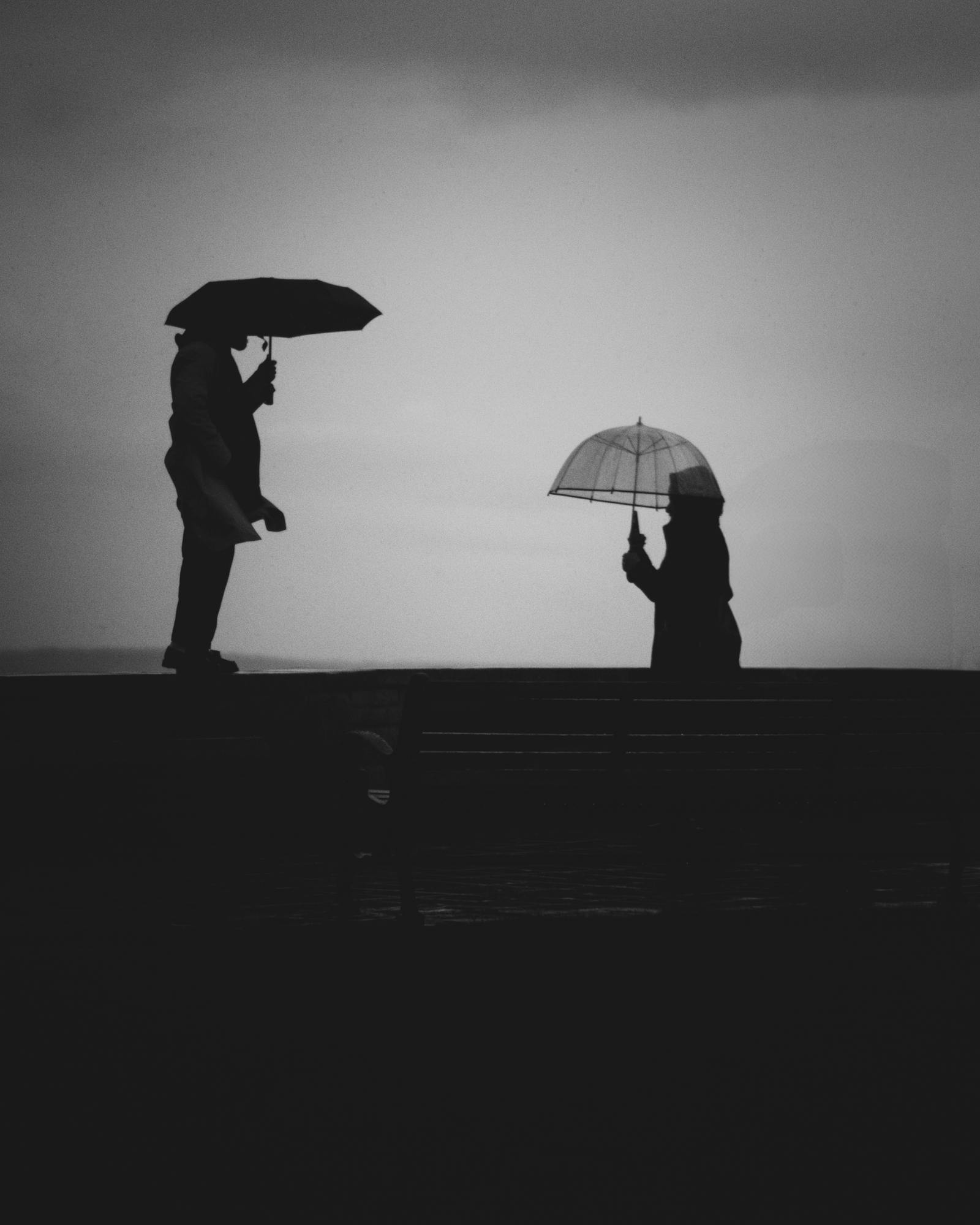Sophie Rain Spider: The Ultimate Guide To Understanding This Fascinating Creature
Ever wondered what the deal is with Sophie Rain Spiders? Well, buckle up because we’re diving deep into the world of these incredible arachnids. If you’ve stumbled upon this article, chances are you’re either fascinated by spiders or trying to figure out how to deal with them. Either way, you’re in the right place!
Let’s be honest, spiders get a bad rap. Most people scream and run when they see one, but did you know that spiders like the Sophie Rain Spider are actually pretty cool? They play a crucial role in our ecosystem and are way more interesting than most people give them credit for. So, let’s break it down and explore why this particular spider is worth learning about.
Before we dive into the nitty-gritty, it’s important to note that the Sophie Rain Spider is not just some random creepy-crawly. It’s a specific type of huntsman spider, and it’s got a reputation for being both fascinating and misunderstood. Stick around, and we’ll uncover all the secrets behind this amazing creature.
- Jason Patric A Journey Through Hollywood And Beyond
- Stream Or Download Your Ultimate Guide To Vegamovies Movie Download
What is a Sophie Rain Spider?
Alright, let’s start with the basics. The Sophie Rain Spider, scientifically known as Heteropoda venatoria, is a species of huntsman spider. It’s often mistaken for other types of spiders due to its size and appearance, but trust me, this one’s special. These spiders are native to tropical and subtropical regions, but they’ve made their way into other parts of the world too.
Here’s the thing: Sophie Rain Spiders are not your average house spiders. They’re larger, faster, and way more impressive. If you’ve ever seen one scurrying across your wall, you’ll know exactly what I’m talking about. But don’t worry, despite their intimidating size, they’re generally harmless to humans.
Key Characteristics of Sophie Rain Spiders
Now that we’ve introduced you to the Sophie Rain Spider, let’s talk about what makes them stand out. Here are some of the key characteristics:
- Movierulz 2 The Ultimate Guide To Streaming Movies
- Movie Rulzz The Ultimate Guide To Streaming Movies Like A Pro
- Size: These spiders can grow up to 3 inches in leg span, making them one of the largest huntsman spiders out there.
- Color: They’re usually a mix of brown, gray, and beige, which helps them blend into their surroundings.
- Speed: Sophie Rain Spiders are incredibly fast and can move in any direction, which is why they’re often referred to as "huntsman" spiders.
- Behavior: Unlike web-building spiders, these guys prefer to hunt their prey on foot. They’re nocturnal, so you’re more likely to see them at night.
Where Do Sophie Rain Spiders Live?
So, where can you find these amazing creatures? Sophie Rain Spiders are primarily found in tropical and subtropical regions, including Southeast Asia, Australia, and parts of Africa. However, they’ve also been spotted in other parts of the world, thanks to global trade and travel.
These spiders love warm, humid environments, which is why they’re often found in gardens, forests, and even inside homes. If you live in an area with a lot of vegetation, chances are you’ve encountered one of these guys at some point.
Why Do They Enter Homes?
One of the most common questions people ask is why Sophie Rain Spiders end up in their homes. The answer is simple: they’re looking for food and shelter. During the rainy season, these spiders often seek refuge indoors to avoid the wet weather. Plus, there’s usually plenty of insects around for them to hunt.
Now, I know what you’re thinking: “Do I really want a giant spider living in my house?” The truth is, having a Sophie Rain Spider around can actually be a good thing. They help control pest populations by eating other bugs like cockroaches and flies. So, maybe give them a chance before you reach for the bug spray.
Are Sophie Rain Spiders Dangerous?
This is probably the question everyone wants answered: are Sophie Rain Spiders dangerous? The short answer is no, they’re not. While they can deliver a painful bite if provoked, their venom is not lethal to humans. In fact, most people who get bitten by these spiders only experience mild discomfort and swelling.
That being said, it’s always a good idea to keep your distance if you spot one of these spiders in your home. They’re not aggressive by nature, but they will defend themselves if they feel threatened. So, unless you’re trying to capture one for a science project, it’s best to leave them be.
What to Do If You Get Bitten
Let’s say the worst happens, and you accidentally provoke a Sophie Rain Spider. What should you do if you get bitten? First of all, don’t panic. Here’s what you need to do:
- Clean the bite area with soap and water to prevent infection.
- Apply a cold compress to reduce swelling and pain.
- Monitor the bite for any signs of allergic reaction, such as difficulty breathing or severe swelling.
- If you experience any serious symptoms, seek medical attention immediately.
The Role of Sophie Rain Spiders in the Ecosystem
Now that we’ve covered the basics, let’s talk about why Sophie Rain Spiders are so important to the ecosystem. These spiders play a crucial role in maintaining the balance of nature by controlling insect populations. Without them, we’d be overrun with pests like mosquitoes, flies, and cockroaches.
But that’s not all. Sophie Rain Spiders also help pollinate plants by spreading pollen as they move from flower to flower. This makes them an essential part of the food chain, both as predators and as prey for larger animals.
Conservation Efforts
Despite their importance, Sophie Rain Spiders are often misunderstood and killed out of fear. This is why conservation efforts are so important. By educating people about the benefits of these spiders, we can help reduce unnecessary harm to them.
There are several organizations around the world dedicated to spider conservation, and many of them focus on educating the public about the importance of spiders like the Sophie Rain Spider. If you’re interested in learning more, check out some of these resources:
How to Identify a Sophie Rain Spider
So, how do you know if you’ve encountered a Sophie Rain Spider? Here are some key identifying features:
- Size: As we mentioned earlier, these spiders can grow up to 3 inches in leg span.
- Color: They’re usually a mix of brown, gray, and beige, with a distinctive pattern on their backs.
- Legs: Their legs are long and spindly, and they can move in any direction with ease.
- Behavior: Sophie Rain Spiders are nocturnal hunters, so you’re more likely to see them at night.
Of course, it’s always a good idea to double-check with a professional if you’re not sure what type of spider you’re dealing with. There are plenty of resources available online, including spider identification guides and forums.
Common Misconceptions
There are a lot of misconceptions about Sophie Rain Spiders, and it’s time to set the record straight. Here are a few of the most common myths:
- Myth #1: They’re deadly. Nope, their venom is not lethal to humans.
- Myth #2: They’re aggressive. Again, not true. They only bite if they feel threatened.
- Myth #3: They build webs. False. Sophie Rain Spiders are hunters, not web-builders.
How to Coexist with Sophie Rain Spiders
If you’ve got Sophie Rain Spiders in your home, don’t panic. There are plenty of ways to coexist with these amazing creatures without having to resort to extreme measures. Here are a few tips:
- Keep your home clean: Regularly vacuuming and dusting can help reduce the number of insects that attract spiders.
- Seal cracks and crevices: This will help prevent spiders from entering your home in the first place.
- Use natural repellents: Essential oils like peppermint and tea tree oil can help deter spiders without harming them.
- Relocate them: If you find a Sophie Rain Spider in your home, try to relocate it outside instead of killing it.
Remember, these spiders are more scared of you than you are of them. By taking a few simple steps, you can create a harmonious environment for both you and your eight-legged roommates.
Why You Should Appreciate Sophie Rain Spiders
Let’s face it, spiders aren’t everyone’s cup of tea. But if you take the time to appreciate the Sophie Rain Spider, you might just find yourself falling in love with them. These amazing creatures are not only fascinating to study, but they also play a vital role in maintaining the balance of nature.
So, the next time you see a Sophie Rain Spider, take a moment to appreciate its beauty and importance. Who knows, you might even start to see them in a new light.
Conclusion
And there you have it, folks. Everything you need to know about the Sophie Rain Spider. From their fascinating characteristics to their role in the ecosystem, these spiders are truly remarkable creatures. So, whether you’re a spider enthusiast or just someone trying to coexist with them, I hope this article has given you a new perspective.
Before you go, I’d love to hear your thoughts. Have you ever encountered a Sophie Rain Spider? What was your experience like? Leave a comment below and let’s keep the conversation going. And if you found this article helpful, don’t forget to share it with your friends and family. Together, we can help spread the word about these amazing arachnids!
Table of Contents
- What is a Sophie Rain Spider?
- Key Characteristics of Sophie Rain Spiders
- Where Do Sophie Rain Spiders Live?
- Why Do They Enter Homes?
- Are Sophie Rain Spiders Dangerous?
- What to Do If You Get Bitten
- The Role of Sophie Rain Spiders in the Ecosystem
- Conservation Efforts
- How to Identify a Sophie Rain Spider
- Common Misconceptions
- How to Coexist with Sophie Rain Spiders
- Why You Should Appreciate Sophie Rain Spiders
- Why Is Trumps Face Orange The Colorful Truth Behind The Iconic Hue
- Movie Rulez 2025 Telugu Your Ultimate Guide To The Telugu Cinema Revolution

Sophie Rain Spider Man Leaks

Sophie rAiN 🌧️ spider man video r/sophierainleakof

Sophie Rain Photos, Download The BEST Free Sophie Rain Stock Photos